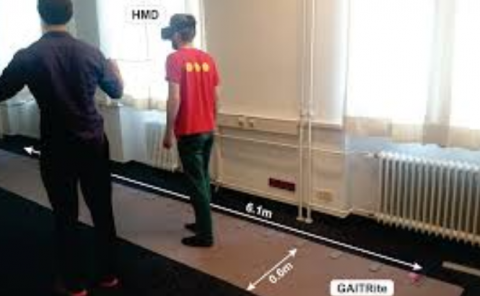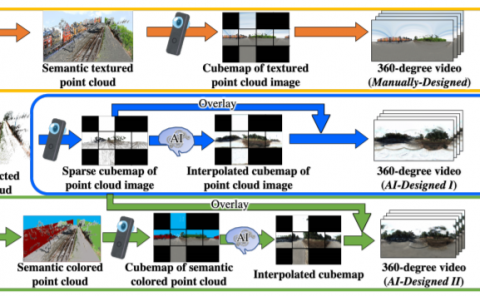Invisible Boundaries for VR: Auditory and Haptic Signals as Indicators for Real World Boundaries
PubDate: September 2020
Teams: LMU Munich
Writers: Ceenu George; Patrick Tamunjoh; Heinrich Hussmann
PDF: Invisible Boundaries for VR: Auditory and Haptic Signals as Indicators for Real World Boundaries

Abstract
Maintaining awareness of real world boundaries whilst being immersed in virtual reality (VR) with head mounted displays (HMDs), is a necessity for the physical integrity of the user. This paper explores whether individual human senses can be allocated to the real and the virtual world and what effect this has on workload, presence, performance and perceived safety. We present the results of a lab study (N=33) where the auditory and haptic sense of participants was trained to be an indicator for real world boundaries, while their visual sense was bound to a VR experience with an HMD. Our results suggests that allocating senses increases workload. However, while performance is comparable to purely visual indications of boundaries, sense allocation seems to improve presence. Participants prefer the signals to be separate or combined subsequently, depending on the priority and proximity to the boundary. This exploratory study is valuable for developers and researchers who want to start including audio and haptic signals as indicators for real world boundaries.


